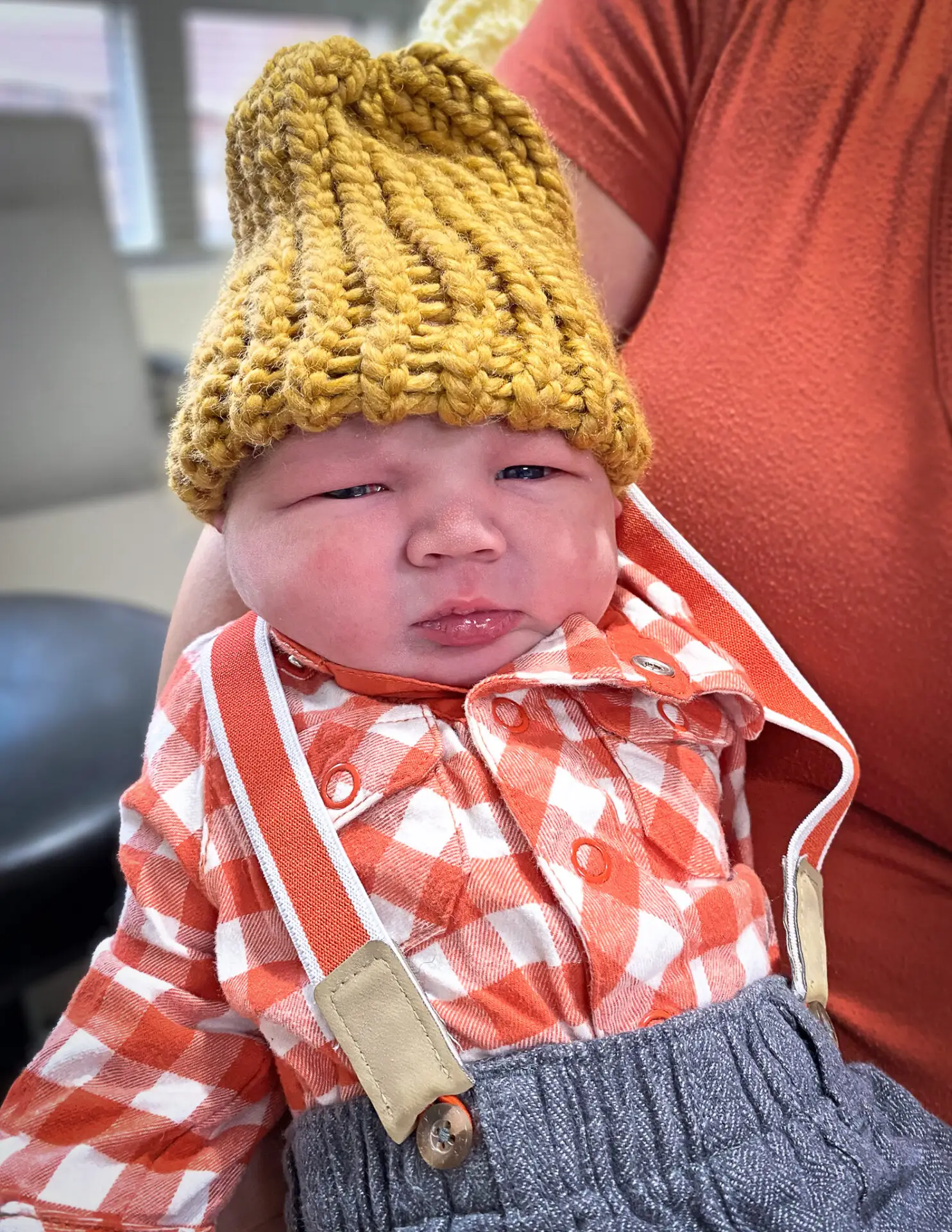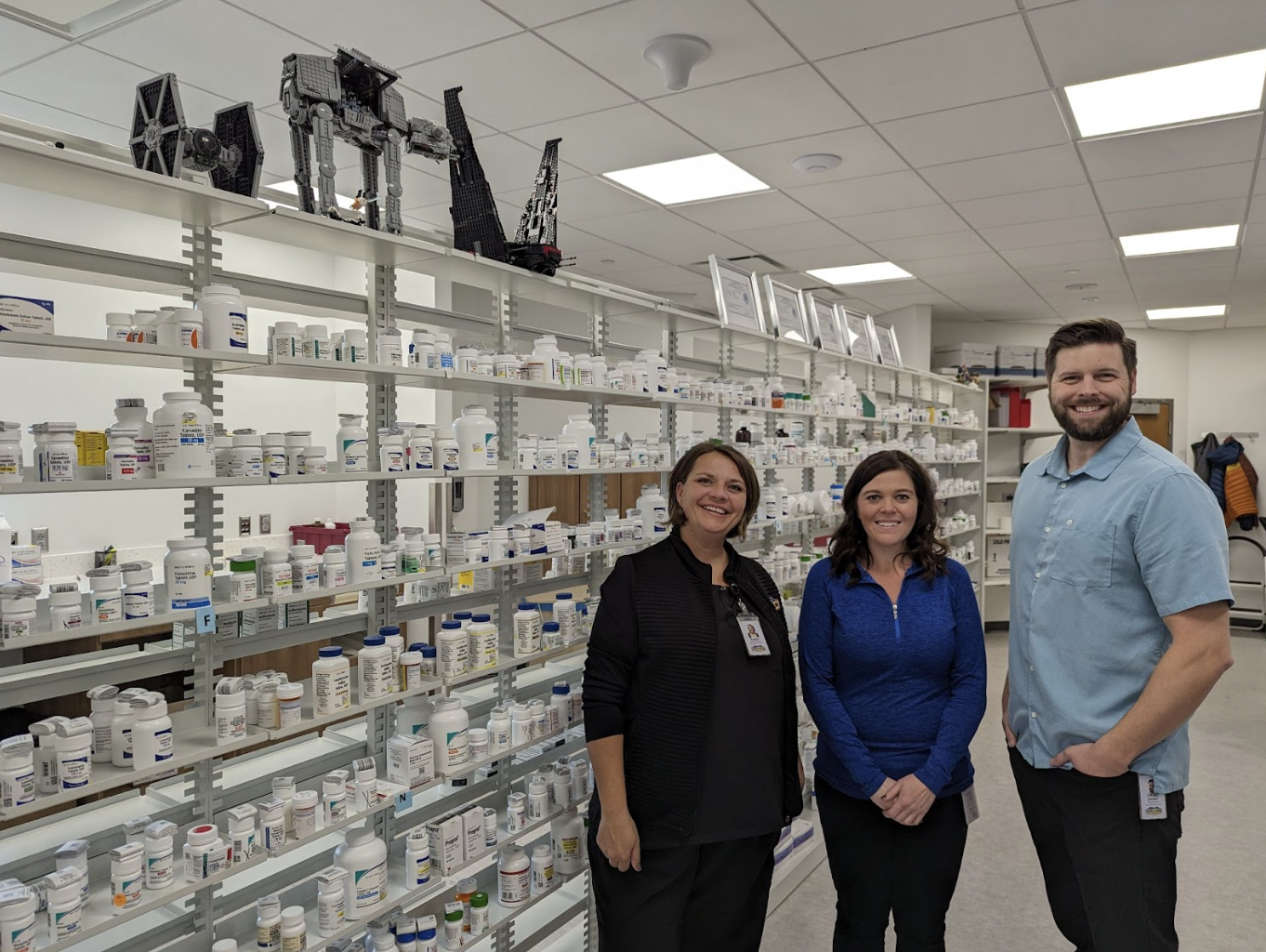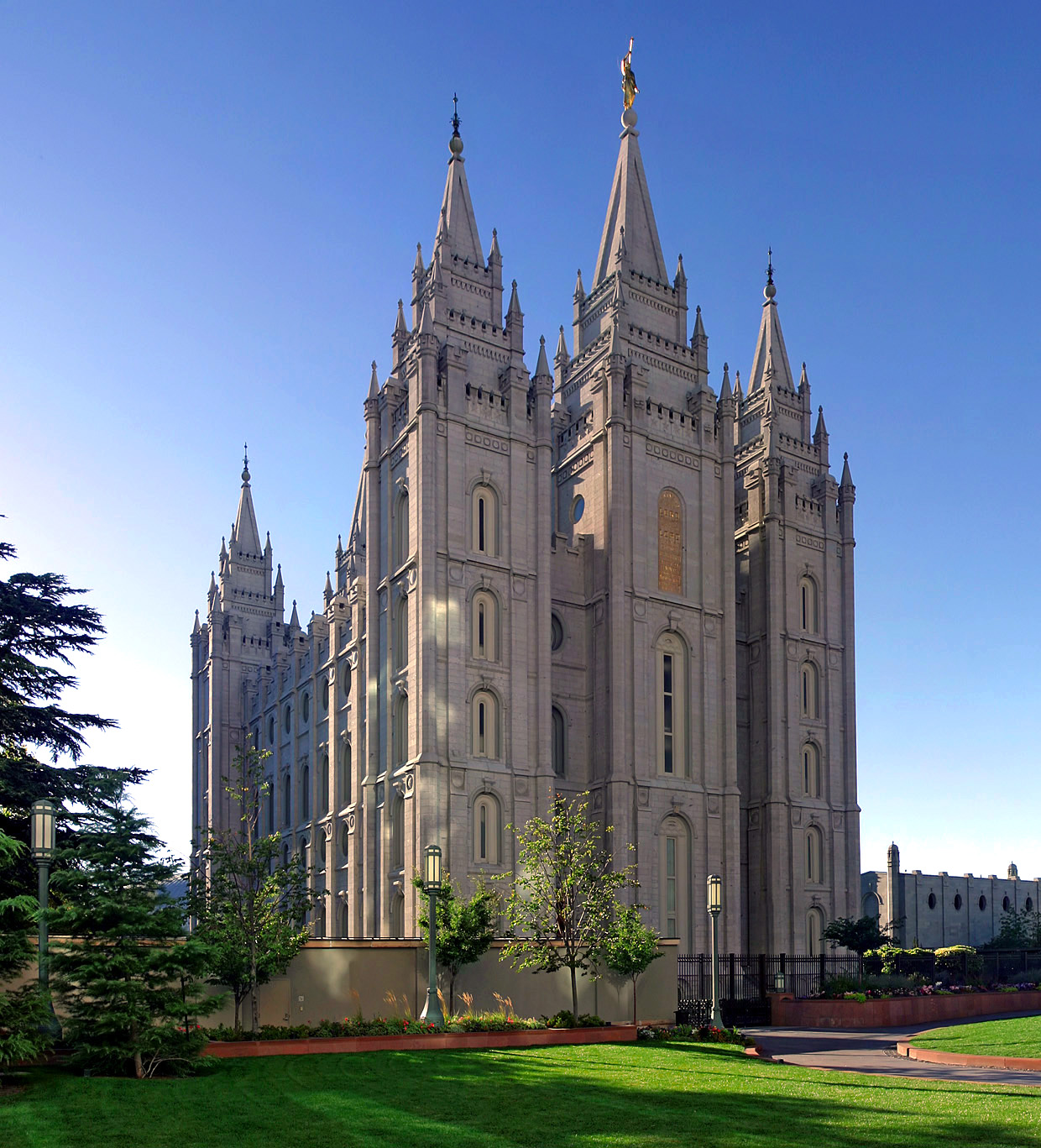On May 13, Zion National Park is set to begin a phased reopening amid a nationwide push to reopen businesses and public land. Arches and Canyonlands will follow suit at the end of the month on May 29 after two months of closure due to the COVID-19 pandemic.
The reopenings will initially allow visitors limited access, but details remain vague about how parks will address concerns about safety and overcrowding.
A May 11 press release from the Southeast Utah Group of Parks, which manages Arches and Canyonlands as well as Hovenweep and Natural Bridges national monuments, said the parks are “working with federal, state, and local public health authorities to closely monitor the COVID-19 pandemic and we are using a phased approach to increase access on a park-by-park basis.”
“I could not disagree more with this premature and dangerous move, which could put park staff, visitors and community members at serious risk,” said Theresa Pierno, president of the nonprofit National Parks Conservation Association, in a press release.
“We simply should not reopen parks until the more than 20,000 Park Service staff and millions of national park visitors have a reasonable expectation of staying safe from this devastating virus,” she wrote.
Physical distancing amid park overcrowding
“The health and safety of our visitors, employees, volunteers, and partners continues to be paramount,” the NPS statement on the national parks opening read, asserting that park leadership will ensure that “visitors adhere to CDC guidance for mitigating risks associated with the transmission of COVID-19 and take any additional steps necessary to protect public health.”
The Centers for Disease Control has released guidelines for outdoor recreation, including maintaining a social distance of six feet or more even on outdoor trails and avoiding busy areas. Local directives echo those guidelines, with the Southwest and Southeast Utah public health departments advising against nonessential travel.
Although guidelines recommend maintaining social distancing, avoiding large crowds and only recreating locally, when Governor Gary Herbert opened Utah State Parks on April 17, many saw a surge in crowds and out-of-state license plates.
Sand Hollow State Park closed its gates on April 25 due to overcrowding after a 2-mile-long line of cars formed waiting for entry. Some visitors, frustrated with the closure and lack of parking, reportedly parked outside and jumped the fence.
Nearby Gunlock State Park cut off flow to its waterfalls after park officials noticed dozens of people in close quarters near the falls. The park is now also limiting visitation.
Overcrowding long a problem
Although President Trump started pushing for reopening the National Parks as early as April 22, some say that reopening these areas is still premature.
The National Parks Conservation Association recommended five guidelines based on public health guidelines to determine a reopening timeline, including COVID-19 case numbers decreasing which has yet to happen in southwest Utah or Utah as a whole.
Zion sits mostly within Washington County, where the county is pushing for permission from the state to ease restrictions further despite growing coronavirus case numbers. Adjacent Iron and Kane counties are pushing for the same. Eased restrictions would allow more tourist services to be open but at a risk of additional spread of coronavirus.
According to the Southwest Utah Department of Health, COVID-19 cases are currently increasing in Washington County and are spread both within the community and from travelers. Southwest Utah saw its highest single day of reported cases on May 9, with 17 new positive tests reported.
Even before the global health crisis of COVID-19 emerged, many national parks were already struggling with overcrowding and long lines. At Zion, visitors frequently faced hours-long lines for the shuttles into the park and to climb the famous Angels Landing Trail, and Arches National Park has had to close access to the park after reaching maximum capacity in past years.
Park officials say they may need to scale back what is accessible to the public if the current plan is unable to keep visitors and employees safe.
Yet in a press release, the nonprofit Public Employees for Environmental Responsibility pointed out that past attempts to limit crowds have faced “local political opposition with zero support in NPS Headquarters or the Department of Interior.”
At Zion, a visitor use management plan has been in the works for years to address overcrowding issues, suggesting solutions including capping total visitation per day or requiring a permit for each trail. A shuttle system for Arches access has been debated. Both initiatives have been locally controversial and frequently stalled.
“This leaves unanswered the question of how national parks, which are used to attracting big crowds, can operate in a new era of social distancing,” the release from PEER notes.
Bryce Canyon Increases Access, Other Parks and Monuments Follow Suit
Bryce Canyon National Park reopened to the public on May 6 after a month of closure, while leaving visitor contact stations, like the visitor center and fee booths, closed to limit potential exposure between visitors and NPS staff.
“At this point, we’re just trying to spread as much information as we can to the public so they can know before they go and be an informed visitor,” said Peter Densmore, the public information officer for Bryce.
Densmore went on to say that “our visitation is steady right now, but still not quite what you would normally see in early May, which is good in terms of what the park is trying to do.”
Capitol Reef National Park has been open since May 5, including two primitive campgrounds. Although these campgrounds are remote, they are some of the only campgrounds open in the national parks in Utah. However, the visitor center and the other visitor contact stations remain closed until further phases of the reopening.
Hovenweap, Natural Bridges and Glen Canyon are also beginning a phased reopening, following similar patterns of keeping campgrounds and most facilities closed, but allowing day-use access.
According to the Zion National Park website, the Zion Canyon Scenic Drive will be open from 6 a.m. to 6 p.m. for day hiking only, with a limited number of cars allowed in the upper canyon. Certain trails including the final chained section of Angels Landing will remain closed as the Southwest Utah Department of Health guidelines recommend avoiding using “high touch surfaces, including handrails.”
Aside from day hiking, no wilderness activities, including canyoneering, backpacking, and rock climbing, will be allowed. Backcountry camping and access to the Fiery Furnace area of Arches National Park will remain closed. Other parks have limited backcountry access with concerns over limited staffing and to reduce employee and visitor contact in the event of a rescue.
Concerns remain about overcrowding




